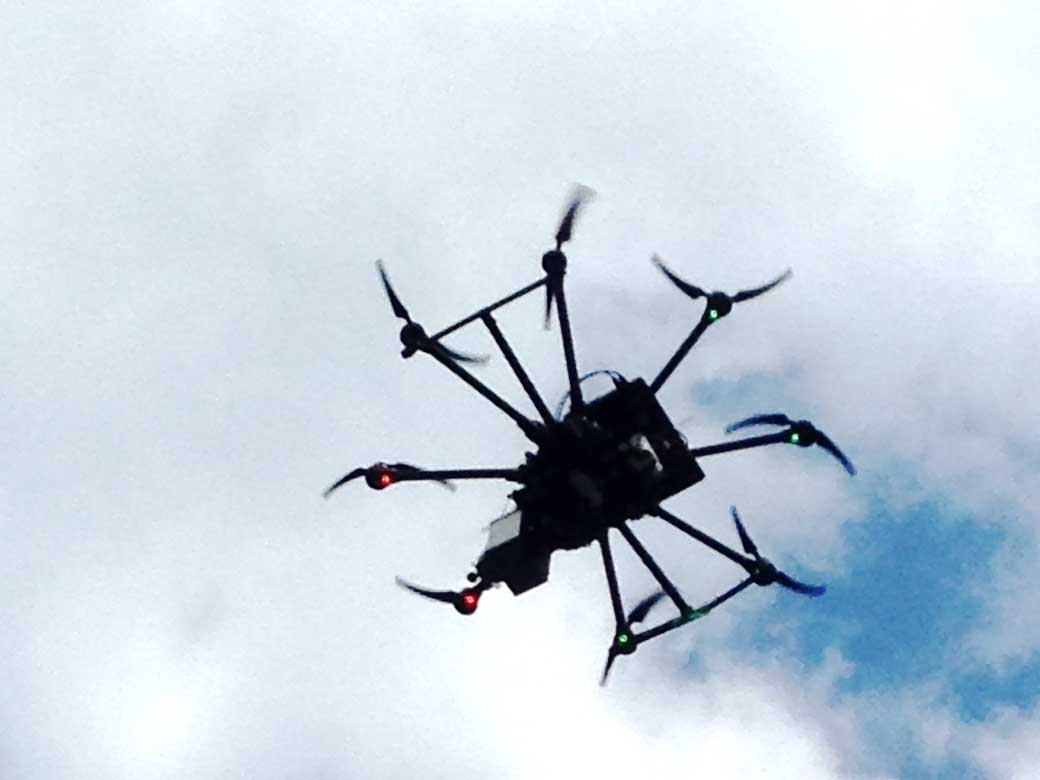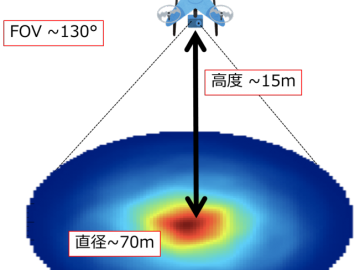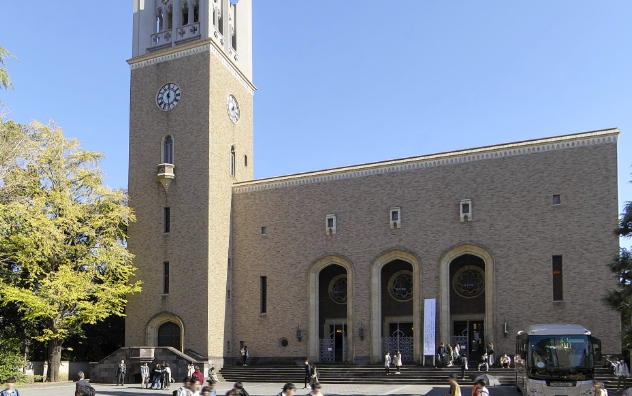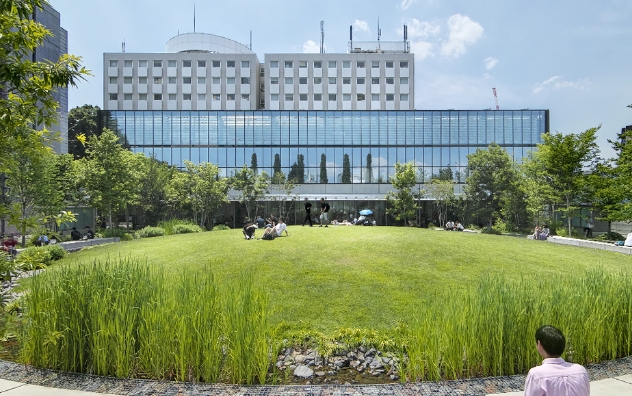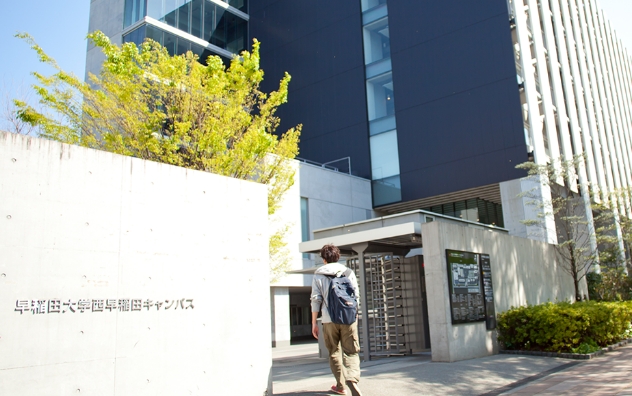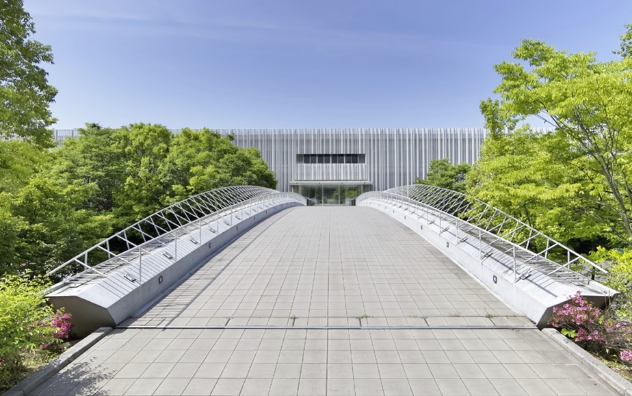Imaging scattered radionuclides distribution using a drone
Tue, Sep 20, 2016A drone installed with portable Compton camera, a detector capable of visualizing a wide range of energy, succeeded in imaging the distribution of scattered radionuclides (137Cs) from the Fukushima nuclear disaster in just approximately 10 minutes. This gamma-ray shooting method using a drone, which has become rapidly widespread in recent years, is expected to be applied for effective decontamination operations. It will also play a significant role in surveying large areas, such as public facilities including schools and privately owned forests and woodlands.
As of September 14, a team led by Professors Jun Kataoka and Hiroshi Okochi from the Faculty of Science and Engineering is conducting research on radionuclides in Namie Town, Fukushima. As a part of this survey, the team installed a laptop and their original Compton camera, weighing 1.9kg and developed by Professor Kataoka, onto a commercial drone (Da-Jiang Innovation Science and Technology Co., Ltd., S1000+: 4.4kg). Then, the drone flew 15 to 20m high in the sky, shooting images of an area of 70m in diameter at once. The acquired images were transmitted real time.
Similar experiments have been conducted using large unmanned helicopters, but using a drone is the first of its kind in the world. The team was able to overcome various issues, such as the heavy weight of gamma-ray cameras and entire systems, in addition to the complexity of the interface. This experiment was possible because of the system weighing less than 5kg and the light weight, highly sensitive Compton camera, making it possible to quickly conduct surveys using an inexpensive drone.
- Drone installed with Compton camera and laptop
- How the drone takes images
Experiment 1: From the Tsushima annex’s field of Namie High School


Experiment 2: From the woodlands of Namie

Experiment 3: Measuring extreme change in dose rate



